OLYMPIA…Sen. John Braun says big local school-tax hikes will be inevitable if the Democrat-controlled Legislature lifts the limit of $1.50 per $1,000 assessed valuation on school district “enrichment” levies – and the first step was taken Friday night. Braun, R-Centralia and an architect of the landmark education-funding updates enacted in 2017, offered this comment after the Senate’s Democrat majority passed Senate Bill 5313.
“This bill isn’t about restoring local-levy ‘flexibility,’ it’s about enabling financial bailouts that will be supported by higher property taxes. It would wipe out the work we did just two years ago to rebalance state and local funding and deal with funding inequities. This particular approach would allow local taxes to go up by 67 percent. The House is considering a formula that would be even worse for taxpayers.
“It’s hard to believe the members of the majority side would still endorse higher property taxes after we had just offered a way to let them protect their constituents while resolving their school districts’ funding concerns, and respond to the need for more special-education funding.
“The majority Democrats say they are putting people first, but this only puts some people first. A levy rate of 64 cents per thousand in Seattle and 86 cents per thousand in Bellevue would raise $3,000 per student while many school districts around the rest of the state still couldn’t hit that mark even if their voters were willing to pay $2.50 per thousand, as this bill would allow. It’s a regressive approach that benefits districts with high property values and hurts districts where property values are lower.
“Deep down, at least some of my Democrat colleagues must realize they’re making a huge error that is going to have consequences. They have to realize who will get the blame when property-tax bills start going up by two-thirds. And make no mistake: increasing local-levy authority will eventually lead back to an overreliance on local tax dollars, tax inequity, funding inequity and educational inequity.”










